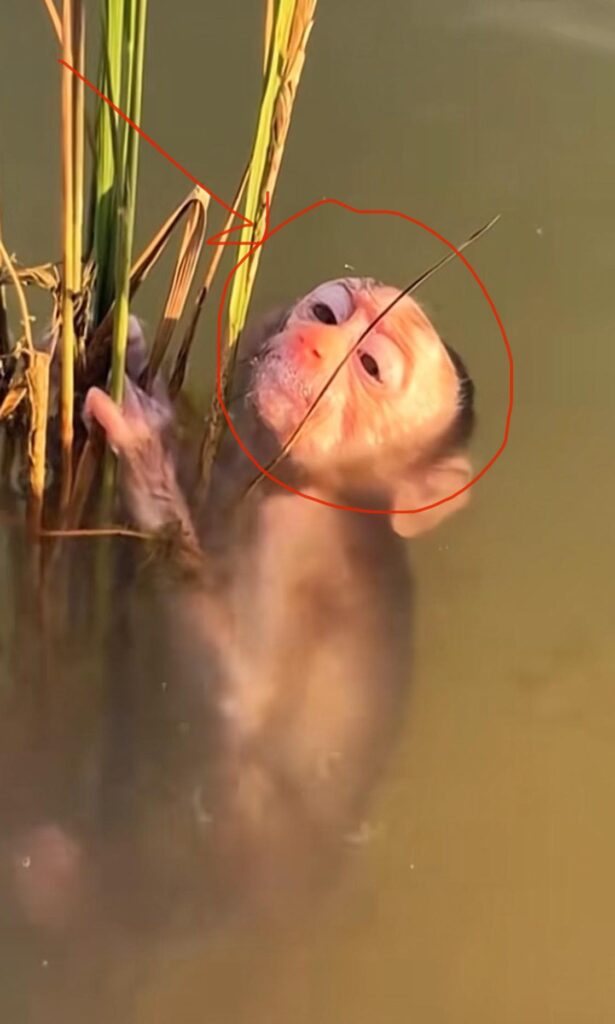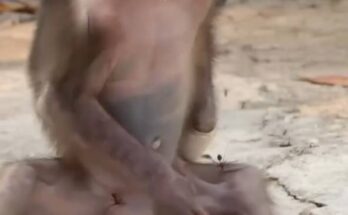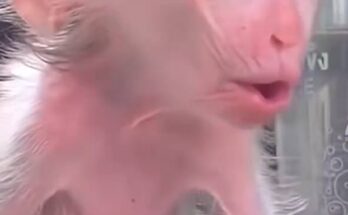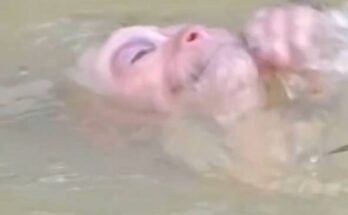
Under the dim canopy of a tropical research station, investigators gather around a tragic scene — a group of monkeys found lifeless near the forest edge. The question that stirs every heart and mind: Did those monkeys get killed—or did nature simply take its course? Welcome to CSI Animal: Part I, where science meets mystery in the wild.
The case began when a team of wildlife researchers in Borneo noticed something strange. A troop of macaques, typically energetic and noisy, had fallen silent. Within days, several were discovered dead. Their bodies showed no obvious wounds or signs of predation. The deaths seemed sudden and coordinated, almost as if something—or someone—had targeted them.
At first, theories abounded. Some suspected disease—perhaps a viral outbreak spreading rapidly through the troop. Others pointed to environmental contamination, since illegal logging operations had recently moved closer to the monkeys’ habitat. Still others whispered about poachers who might have poisoned the group, either deliberately or accidentally, to keep them away from fruit trees near the camp.
To unravel the mystery, the CSI Animal team collected samples: soil, water, leaves, and tissue from the deceased monkeys. The first clue emerged under the microscope—tiny crystalline particles found in the monkeys’ stomach contents. They weren’t natural minerals but chemical residues from agricultural pesticides. Further analysis revealed the compound: carbofuran, a toxic pesticide banned in many countries but still used illegally for crop protection. Even a small dose can kill a primate within minutes.
The discovery reframed the entire investigation. The monkeys had not died from disease or natural causes—they had been poisoned. But who was responsible? Interviews with nearby villagers and plantation workers hinted at a disturbing truth. Farmers had been complaining about monkeys raiding their fruit crops. Someone, frustrated and desperate, may have laced baited fruit with the lethal chemical to drive the animals away.
The CSI Animal team handed their findings to local authorities, and an inquiry was launched. Though the individual responsible was never officially identified, the evidence led to stricter enforcement of wildlife protection laws and tighter control over chemical use in the region. The tragedy became a turning point in local conservation awareness.
Beyond the case itself, the investigation revealed something deeper about the fragile balance between human activity and wildlife survival. The monkeys weren’t just victims of poison—they were casualties of conflict between expanding human development and shrinking animal habitats. The forensic work turned into a lesson: every ecosystem is a crime scene waiting to be studied, understood, and protected before it’s too late.
In the next chapter of CSI Animal, the team follows new leads—this time involving missing birds and an oil spill that may be hiding more than environmental damage. But for now, one haunting question remains in the rainforest air: if these monkeys could speak, what story would they tell about the humans who share their home?


